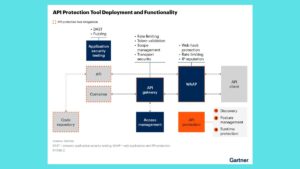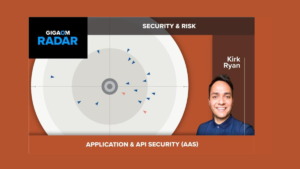21 Important Talent Management Metrics

Effective talent management is crucial for organizations aiming to attract, retain, and develop top talent. To gauge the success of their talent management strategies, HR professionals must rely on key metrics that provide insights into the effectiveness of their processes. Here are 21 important talent management metrics that every organization should track to optimize their workforce management.
1. Time to Hire
This metric measures the time it takes to fill a vacant position, from the moment a job requisition is approved to when a candidate accepts the offer. A shorter time to hire indicates an efficient recruitment process.
2. Cost per Hire
Cost per hire calculates the total expenses associated with recruiting a new employee, including advertising, agency fees, and recruitment staff costs. Understanding this metric helps organizations budget effectively and identify cost-saving opportunities.
3. Employee Turnover Rate
The turnover rate measures the percentage of employees who leave an organization over a specific period. High turnover rates can indicate dissatisfaction and signal the need for improved retention strategies.
4. Retention Rate
Retention rate measures the percentage of employees who remain with the organization over a certain period. A high retention rate suggests that employees are satisfied and engaged, while a low rate may require further investigation.
5. Candidate Quality Ratio
This metric compares the number of qualified candidates to the total number of candidates for a position. A higher quality ratio indicates that the recruitment process is effectively attracting suitable candidates.
6. Offer Acceptance Rate
The offer acceptance rate measures the percentage of job offers accepted by candidates. A low acceptance rate may indicate issues with the organization’s compensation, benefits, or culture.
7. Employee Engagement Score
Employee engagement scores assess the level of commitment and motivation employees feel toward their work and the organization. Regular employee surveys can help gauge engagement levels and identify areas for improvement.
8. Training Completion Rate
This metric tracks the percentage of employees who complete training programs or courses. A high completion rate suggests that employees are actively seeking to develop their skills and advance in their careers.
9. Promotion Rate
The promotion rate measures the percentage of employees who receive promotions within a specific timeframe. Tracking this metric helps organizations understand their internal talent development and career progression opportunities.
10. Succession Planning Coverage
Succession planning coverage measures the percentage of critical positions with identified successors. This metric ensures that organizations are prepared for leadership transitions and have a robust pipeline of talent.
11. Diversity Metrics
Diversity metrics assess the representation of different demographic groups within the organization, including gender, ethnicity, and age. Monitoring diversity metrics helps organizations create a more inclusive workplace.
12. Employee Net Promoter Score (eNPS)
The eNPS measures employees’ likelihood to recommend the organization as a great place to work. This metric provides insight into overall employee satisfaction and can indicate potential retention issues.
13. Employee Productivity Rate
Employee productivity measures the output of employees over a specific period. Tracking productivity can help identify high performers and areas where additional training or resources may be needed.
14. Absenteeism Rate
The absenteeism rate tracks the percentage of workdays missed due to unplanned absences. High absenteeism rates may indicate employee dissatisfaction or health-related issues that need addressing.
15. Time to Productivity
This metric measures the time it takes for new employees to reach full productivity after joining the organization. Understanding this timeline can help improve onboarding processes and training programs.
16. Skill Gap Analysis
Skill gap analysis assesses the difference between the skills employees possess and those required for their current or future roles. Identifying skill gaps allows organizations to implement targeted training and development initiatives.
17. Exit Interview Feedback
Collecting feedback during exit interviews provides valuable insights into why employees leave the organization. Analyzing this data can help identify trends and areas for improvement in retention strategies.
18. Employee Satisfaction Score
Employee satisfaction scores gauge employees’ overall happiness and satisfaction with their jobs. Regular surveys can help organizations understand employee sentiment and identify areas for enhancement.
19. Workforce Diversity Index
The workforce diversity index measures the representation of diverse groups within the workforce. This metric helps organizations evaluate their diversity initiatives and track progress over time.
20. Return on Investment (ROI) for Training
Calculating the ROI for training programs helps organizations assess the effectiveness of their training investments. Comparing the costs of training against improvements in performance or productivity provides insight into the value of training initiatives.
21. Internal Mobility Rate
Internal mobility rate measures the percentage of positions filled by existing employees versus external candidates. A high internal mobility rate indicates a strong culture of career development and advancement within the organization.
Conclusion
Tracking these 21 important talent management metrics can provide organizations with valuable insights into their workforce and the effectiveness of their HR strategies. By analyzing these metrics regularly, HR professionals can make data-driven decisions that enhance recruitment, improve employee engagement, and optimize overall talent management processes.
In a rapidly changing business environment, staying attuned to these metrics is essential for fostering a productive and engaged workforce that drives organizational success. Embracing a metrics-driven approach to talent management will enable organizations to adapt to evolving workforce needs and remain competitive in the market.






